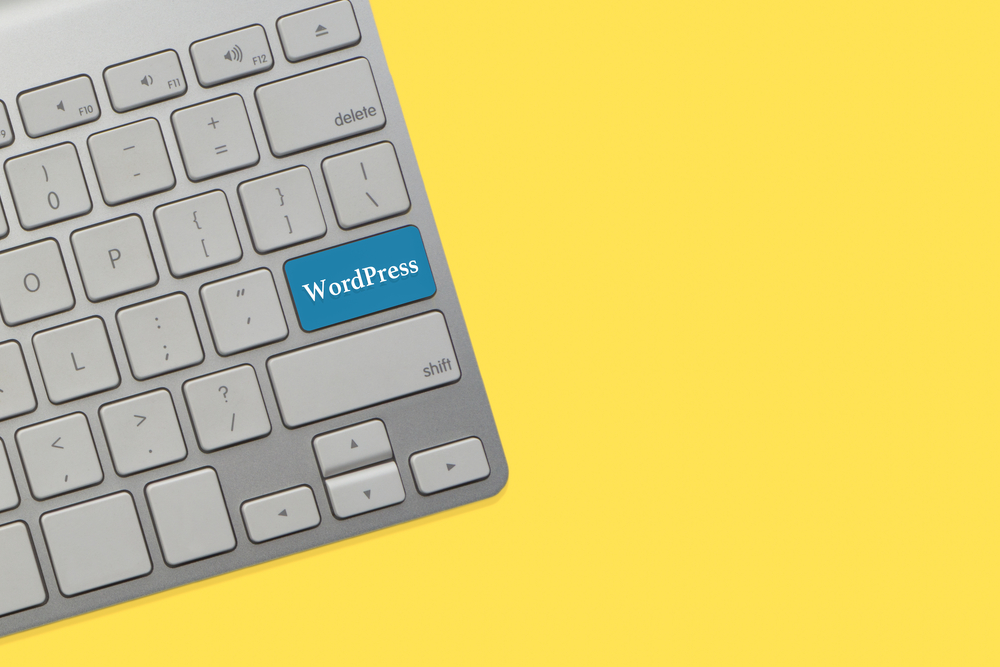
WordPress has revolutionized the way websites are built and managed. With its user-friendly interface and powerful features, it has become the go-to platform for individuals and businesses alike. However, simply setting up a WordPress website is not enough. To truly make your website stand out and function seamlessly, you need to master the art of customization and maintenance. In this article, we will explore some essential tips to help you take your WordPress (WP) website to the next level.
1. Choose a Reliable ThemeA well-designed theme is crucial for creating a professional and visually appealing website. WordPress offers a wide range of themes, both free and premium. When selecting a theme, consider its compatibility with the latest version of WordPress , responsiveness across different devices, and user reviews. A reliable theme will not only enhance the look of your website but also provide optimized functionality.
2. Install Essential Plugins
WordPress plugins extend the core functionality of your website. They allow you to add features and customize your website as per your specific needs. There are thousands of plugins available in the WordPress (the blogging platform) repository. Some essential plugins you should consider are:
- Yoast SEO: Helps optimize your website for search engines and improves your overall SEO efforts.
- WP Super Cache: Increases the loading speed of your website by creating static HTML files.- Akismet: Protects your website from spam comments and ensures a clean comment section.
- Contact Form 7: Enables easy creation and management of contact forms for your website.
- WooCommerce: Transforms your website into an e-commerce platform, allowing you to sell products or services.
Always be cautious when installing plugins, as an excessive number can slow down your website. Regularly review and remove any plugins that are no longer necessary to optimize performance.
3. Customize Your Website DesignOne of the greatest advantages of using WordPress is the flexibility it provides for customization. Don't settle for a generic-looking website; make it unique and reflective of your brand. Customize the color scheme, fonts, and layout to match your preferences. The WordPress (the platform for bloggers) Customizer allows you to make changes in real-time and see the immediate effect on your website. Additionally, use widgets to add functionality and further customize the appearance of your website.
4. Optimize Your Website's Performance
A slow-loading website can significantly impact user experience and search engine rankings. To optimize your website's performance:
- Compress images: Reduce the file size of images without sacrificing quality using tools like TinyPNG or Imagify.
- Use a caching plugin: Implement a caching plugin like WP Super Cache or W3 Total Cache to store static versions of your web pages, resulting in faster load times.- Minimize CSS and JavaScript files: Use plugins like Autoptimize to minimize and combine CSS and JavaScript files, reducing the number of HTTP requests.
Regularly check the performance of your website using tools like Google PageSpeed Insights or GTmetrix. These tools provide insights and recommendations to further enhance your website's speed and overall performance.
5. Ensure Website SecurityWordPress (or WP) is one of the most targeted platforms for hackers due to its popularity. Take necessary precautions to protect your website from security threats:
- Keep WordPress and plugins up to date: Regularly update WordPress and its plugins to ensure you have the latest security patches.
- Use strong passwords: Choose unique, strong passwords for both your WordPress admin account and hosting account.- Install a security plugin: Plugins like Wordfence or Sucuri Security provide firewall protection, malware scanning, and login security.
It is also advisable to implement regular backups of your website to minimize the impact of any unforeseen events. Manually or automatically back up your website and store the backups in a secure location.
Frequently Asked Questions:
1. How can I improve the speed of my WordPress website?
To improve website speed, optimize images, utilize caching plugins, and minimize CSS and JavaScript files. Regularly monitor your website's performance and implement recommendations from tools like Google PageSpeed Insights or GTmetrix.
2. What are some popular WordPress SEO plugins?
Yoast SEO and All in One SEO Pack are two popular WordPress SEO plugins. They help optimize your website for search engines, improve page rankings, and provide insights on improving your content.
3. Are free WordPress themes as good as premium ones?
Both free and premium themes have their advantages and disadvantages. Free themes are a good starting point, but premium themes often offer better support, more customization options, and a professional design.
4. How can I protect my WordPress website from hackers?
To protect your website from hackers, keep WordPress and plugins up to date, use strong passwords, install a security plugin, and regularly back up your website.
5. Can I add e-commerce functionality to my WordPress website?
Yes, you can add e-commerce functionality to your WordPress website by installing plugins like WooCommerce. WooCommerce allows you to create an online store, manage products, and process payments securely.
In conclusion, mastering WordPress requires utilizing customization and maintenance tips to optimize your website's design, performance, and security. By following these essential tips, you can create a professional, unique, and secure WordPress website that stands out from the crowd. Continually explore new plugins, themes, and strategies to stay ahead of the game and ensure your website's success.
Other useful resources
- https://www.wordpress24plus.com/topics/wordpress-tips-and-tricks/
- https://www.wordpress24plus.com/services/
- https://www.wordpress24plus.com/services/wordpress-developer/
- https://www.wordpress24plus.com/services/wordpress-development/